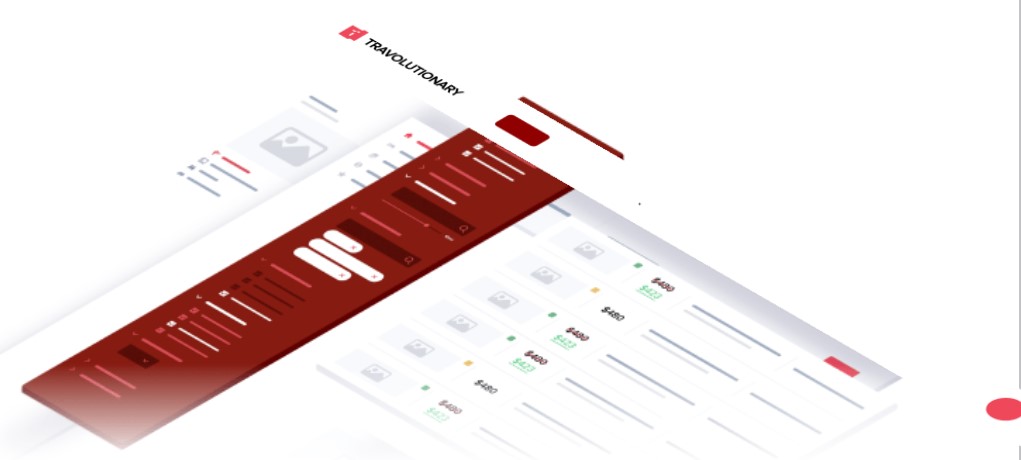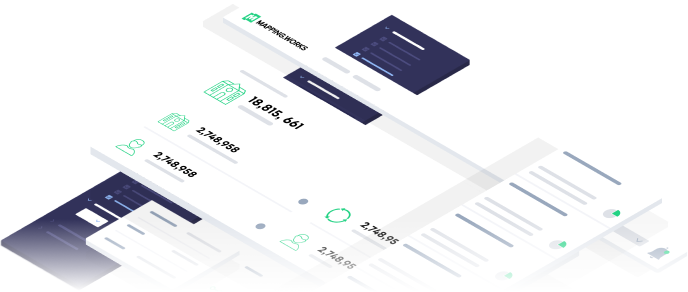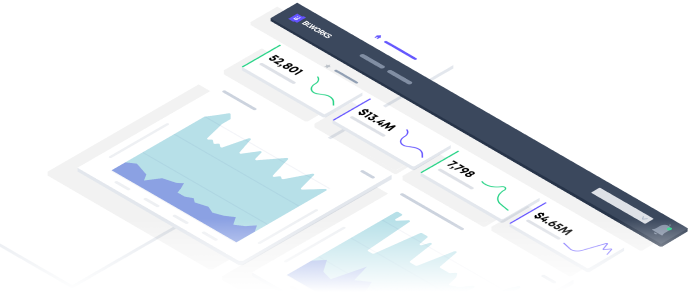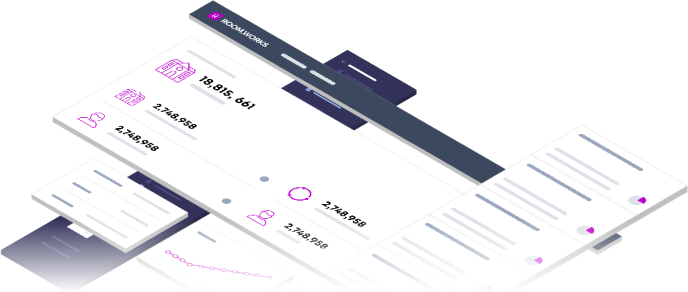Introduction
Hotel mapping is a critical component in the travel industry, ensuring that hotel listings across various platforms are accurate and consistent. This blog details the process of hotel mapping, illustrating how it enhances operations, ensures customer satisfaction, and supports strategic business initiatives like dynamic pricing and inventory management.
Understanding Hotel Mapping
Hotel mapping is the process of identifying and matching disparate hotel listings from various sources to a single, unified entity. This process is essential because different suppliers might list the same hotel under various names or provide slightly different details, leading to potential confusion and inaccuracies.
The Hotel Mapping Process
Data Collection and Normalization
The initial step involves gathering comprehensive data from multiple hotel suppliers, including names, addresses, star ratings, amenities, photos, and other relevant information. This data is then normalized, converting disparate data into a standard format to ensure consistency across all entries.

De-duplication and Matching
At the core of hotel mapping are sophisticated algorithms that analyze the normalized data to identify and merge duplicate entries. These algorithms use advanced techniques, including artificial intelligence, to compare key identifiers such as names, addresses, and geo-coordinates, ensuring each hotel is uniquely represented.

Verification and Quality Control
After matching, the data undergoes rigorous verification to ensure accuracy. This stage often includes manual reviews and can utilize customer feedback or on-the-ground verification to confirm the correctness of matches. This quality control is crucial as it directly impacts customer trust and satisfaction.
Operational Benefits and Strategic Impacts
Dynamic Pricing and Inventory Management
Accurate hotel mapping is foundational for dynamic pricing strategies, allowing businesses to optimize their pricing and inventory distribution effectively. This accuracy not only supports strategic business decisions that drive profitability but also translates into direct economic impacts such as a +15-20% increase in gross margins through smart management of hotel rates.
Highlighting Business Impact
Accurate classification and rich content derived from effective hotel mapping contribute significantly to user experience. This enhancement is quantifiable, as we’ve observed a +12% increase in conversion rates when customers encounter consistent and accurate hotel information, underscoring the substantial business value of precise mapping.
Integration with Client Systems
The final step involves integrating the mapped and verified hotel data into the client’s booking systems, websites, and other platforms. This integration ensures that end-users see a consistent and accurate representation of hotels, enhancing the booking experience and streamlining internal operations.
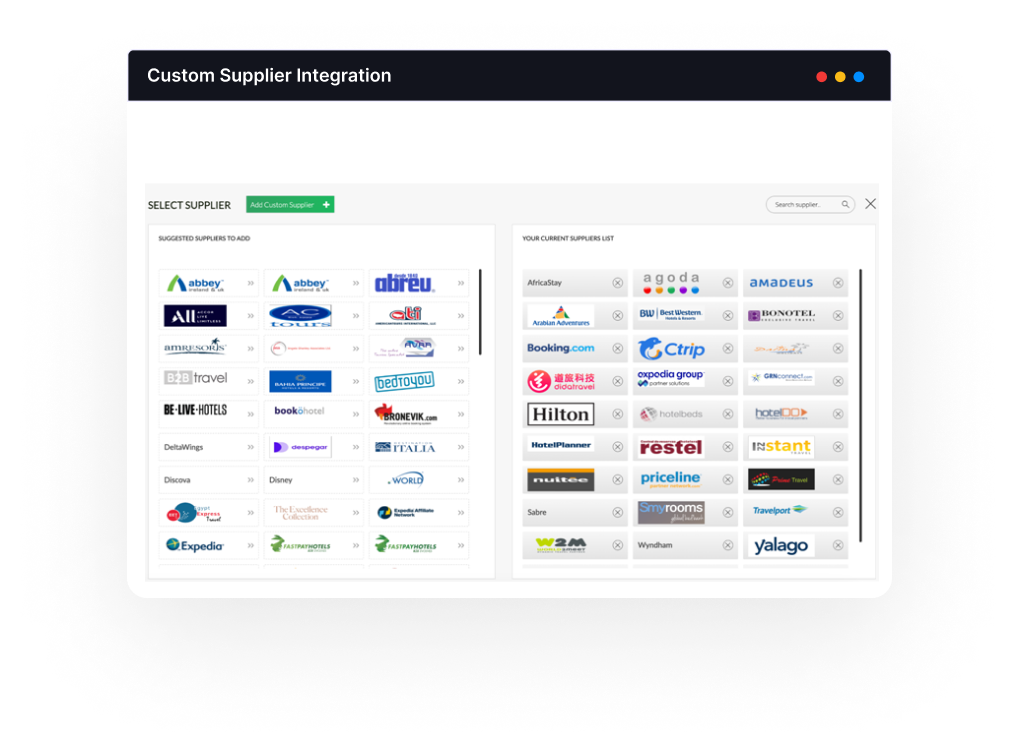
Conclusion
Hotel mapping transcends its technical utility to become a strategic asset in the travel industry. By providing a unified and accurate view of hotel properties, it allows OTAs, tour operators, B2B distributors, and TMCs to operate more efficiently and compete effectively in the global travel marketplace. Hotel mapping reduces operational burdens, enhances user experience, and supports essential business functions such as dynamic pricing and inventory management.
Next Steps
Get you mapping access today and stay tuned for our next blog, where we will explore the key business impacts of hotel and room mapping on a travel company’s performance, highlighting how these technologies drive tangible business benefits.

